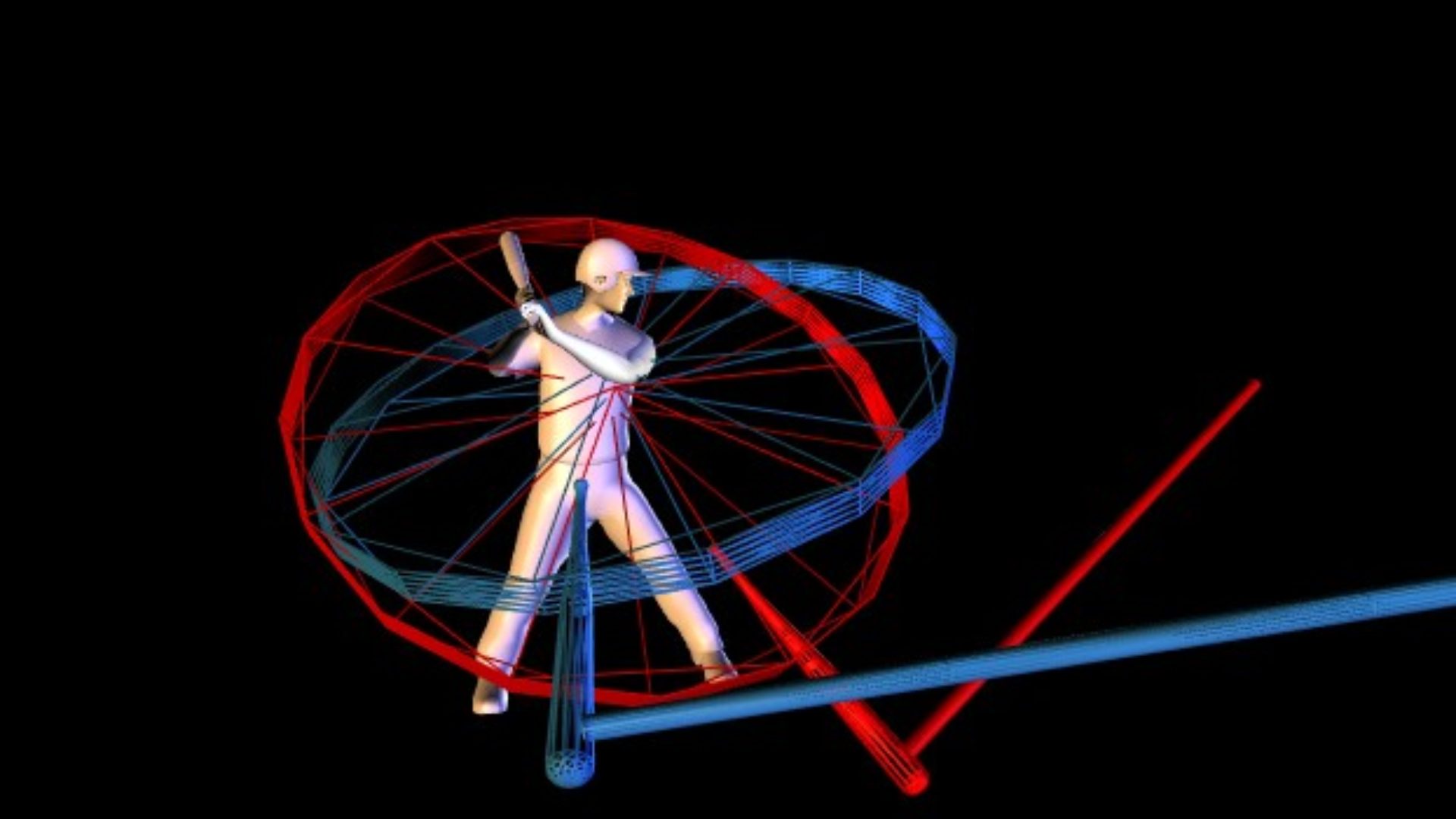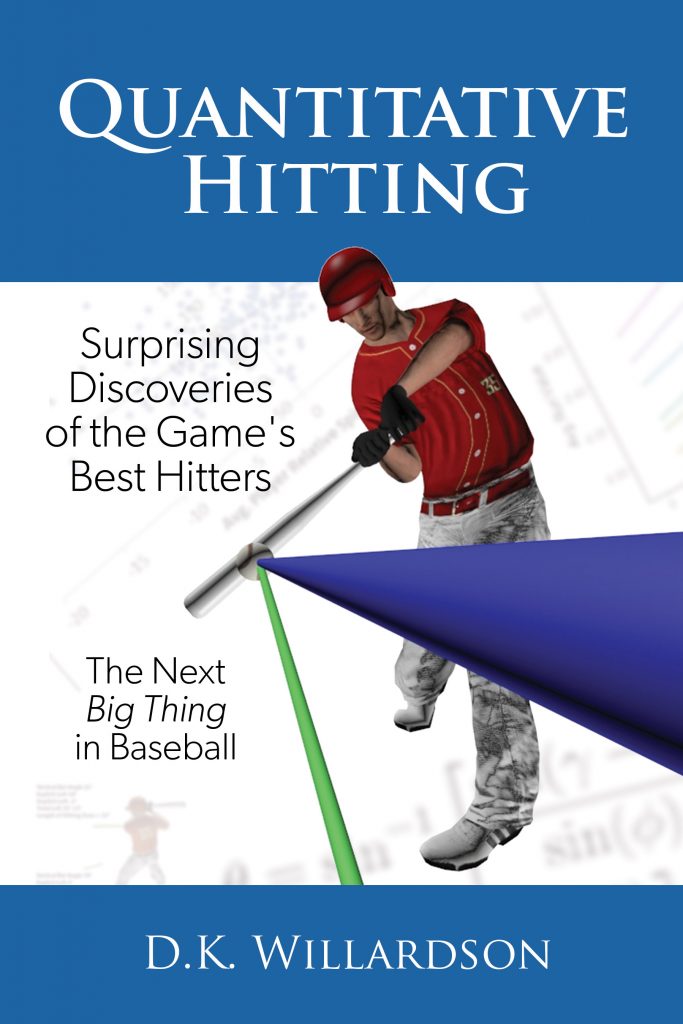Analysis of the best major league hitters indicates many conventional views regarding hitting mechanics are not only ineffective but the exact opposite of what is required for superior performance. For all those involved with baseball who desire maximum performance, it is time to ditch hitting “philosophies” and begin relying on mechanics supported by hard evidence –That is Quantitative Hitting.
Whatever your role in baseball – player , coach, parent, organization, fantasy baseball enthusiast, or fan, you’ll benefit from several very surprising findings of exactly how a small group of the game’s best hitters are outperforming everyone else. Specific mechanical differences, proved through data, that all players can implement. The data shows that many conventional views on mechanics are not only ineffective but the exact opposite of what is required for superior performance. Quantitative Hitting offers a significant competitive advantage to all who are willing to objectively consider what is overwhelmingly revealed in the data.
The author devotes a chapter to examining the swing path and angles of Joey Votto in Putting it All Together: The Swing Path and Angles that Make Joey Votto Different. Not only will you learn exactly how Joey Votto’s swing path and angles differ from many other major league players, the mechanics behind his exceptional contact quality, and why he hardly ever hits a pop-up, but you will also learn how to implement these counter-consensus mechanics in your own game.
The author examines several critical questions:
- What does the data say about hitting with backspin? Is it something hitters should strive for?
- Exactly how are the paths and angles different for the small group extremely high performing hitters?
- Why are the swing paths of the best hitters different for each pitch location?
- How does the data suggest the size of the hitting zone changes significantly based on pitch location?
- What is Implicit Loft and how is it the primary determinant of swing path?
- Why are many common training devices such as the typical baseball tee in conflict with the data?
- How should hitters go about selecting launch angle goals based on their individual style?
The book discusses the unbelievable turnaround of J.D. Martinez. If only it could have been predicted…It was! Read about that and why the baseball “establishment” is missing turnaround opportunities at all levels of play.
Quantitative Hitting not only ensures that players get the most out of their given level of talent, but if implemented in a thoughtful and systematic way, the discoveries in Quantitative Hitting may indeed be the next Big Thing in baseball.

